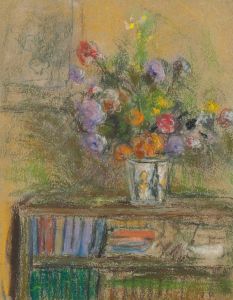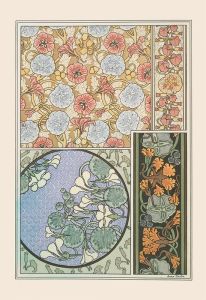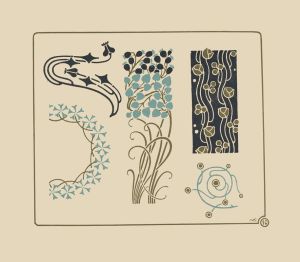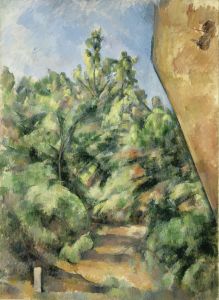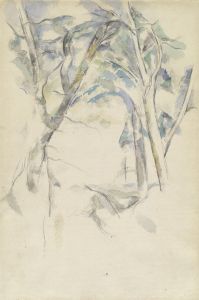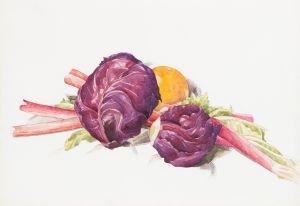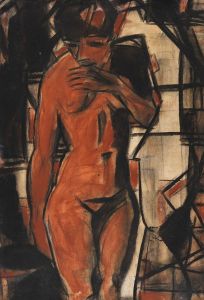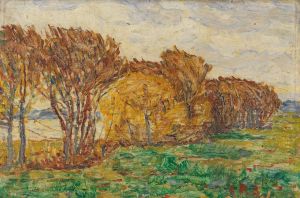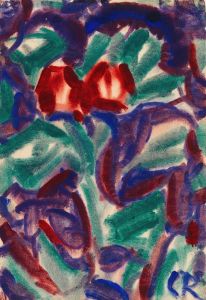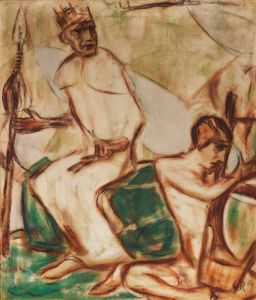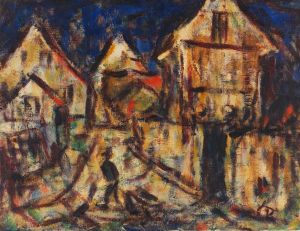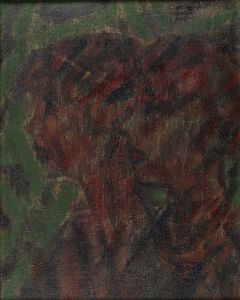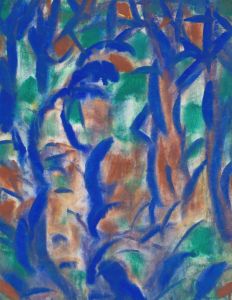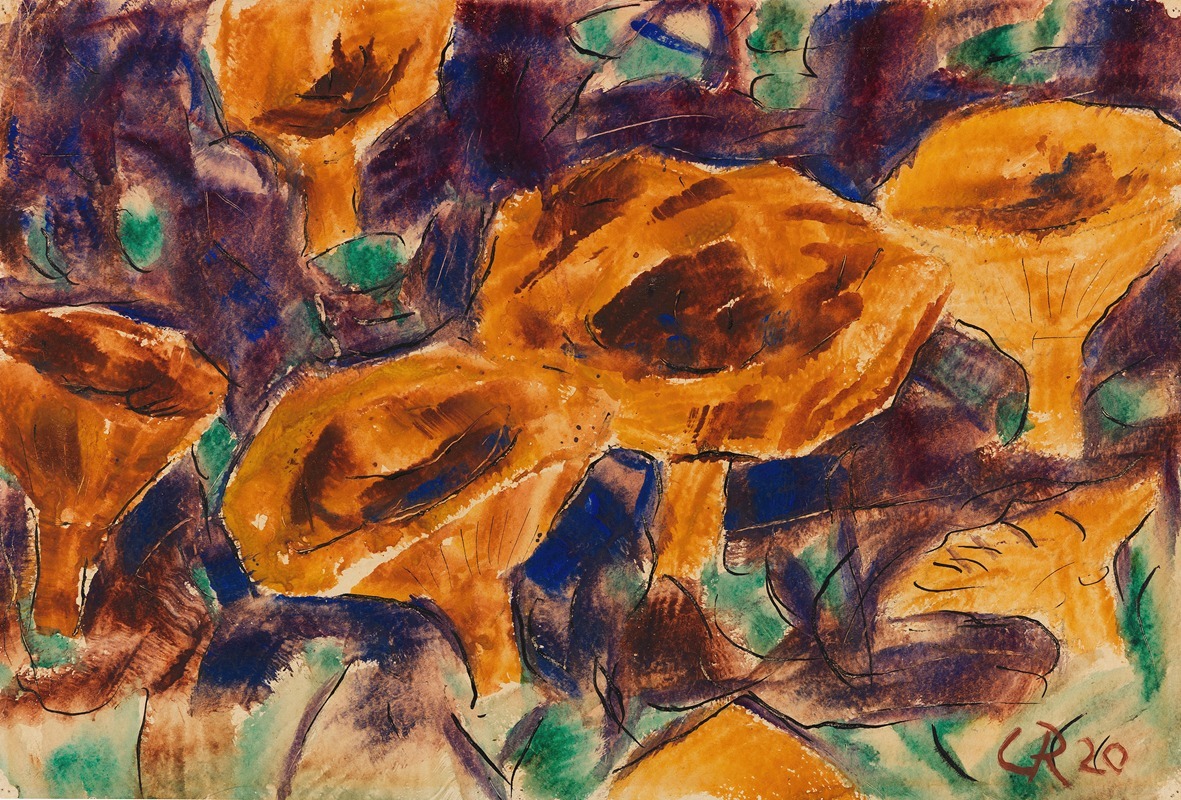
Pilze
A hand-painted replica of Christian Rohlfs’s masterpiece Pilze, meticulously crafted by professional artists to capture the true essence of the original. Each piece is created with museum-quality canvas and rare mineral pigments, carefully painted by experienced artists with delicate brushstrokes and rich, layered colors to perfectly recreate the texture of the original artwork. Unlike machine-printed reproductions, this hand-painted version brings the painting to life, infused with the artist’s emotions and skill in every stroke. Whether for personal collection or home decoration, it instantly elevates the artistic atmosphere of any space.
Christian Rohlfs was a German painter known for his contributions to Expressionism. Born on December 22, 1849, in Niendorf, Germany, Rohlfs had a career that spanned several decades and included various artistic movements. Initially, he was associated with the academic style, but his work evolved significantly over time, especially after he encountered the works of the Impressionists and Post-Impressionists.
One of Rohlfs' notable works is "Pilze" (translated as "Mushrooms"), which exemplifies his mature style. Although specific details about the painting "Pilze" are limited, it is known that Rohlfs often drew inspiration from nature, and mushrooms were a recurring subject in his work. His fascination with the natural world is evident in the way he captures the essence of his subjects with bold colors and dynamic brushstrokes.
Rohlfs' transition to Expressionism is marked by his use of vivid colors and an emphasis on emotional experience rather than realistic representation. This shift is partly attributed to his exposure to the avant-garde movements of the early 20th century and his interactions with other artists who were exploring similar themes. His work during this period is characterized by a more abstract approach, focusing on the emotional and spiritual aspects of his subjects.
"Pilze" likely reflects Rohlfs' interest in the interplay between color and form, a hallmark of his later work. The painting would have been created during a time when Rohlfs was experimenting with different techniques to express his inner vision. His use of color in "Pilze" would have been intended to evoke a particular mood or feeling, rather than to depict the mushrooms in a realistic manner.
Throughout his career, Rohlfs was associated with several art movements and groups, including the Berlin Secession and the Sonderbund. These affiliations provided him with a platform to exhibit his work and connect with other artists who were pushing the boundaries of traditional art. Despite facing challenges, including the political turmoil of his time, Rohlfs remained committed to his artistic vision.
Christian Rohlfs continued to paint until his death on January 8, 1938, in Hagen, Germany. His legacy is preserved in numerous collections and museums, particularly in Germany, where his work is celebrated for its contribution to modern art. Rohlfs' paintings, including "Pilze," are appreciated for their innovative use of color and form, which continue to inspire artists and art enthusiasts alike.
In summary, while specific information about the painting "Pilze" is limited, it is representative of Christian Rohlfs' broader body of work, which is characterized by a transition from academic art to a more expressive and abstract style. His focus on nature, combined with his exploration of color and emotion, makes his work a significant part of the Expressionist movement.





